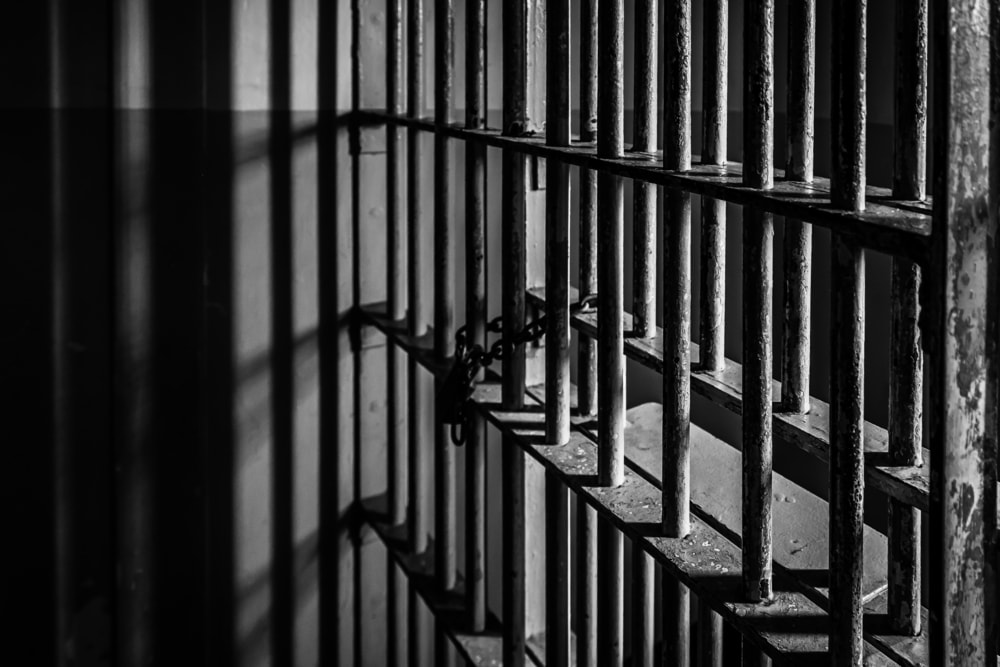FCC Comments In the Matter of Restoring Internet Freedom
Introduction & Summary
The Federal Communications Commission (“FCC” or “Commission”) was created by Congress in 1934 for the express purpose of “regulating interstate and foreign commerce in communications by wire and radio so as to make available, so far as possible, to all the people of the United States . . . a rapid, Nation-wide and world-wide wire and radio communication service with adequate facilities at reasonable charges[.]” Based on that broad grant of jurisdiction in Title I of the Communications Act, regulation of broadband Internet access service (“broadband”) is clearly within the FCC’s purview. What remains unclear is the extent to which the FCC should, or must, regulate broadband in order to fulfill its various statutory responsibilities.
For literally decades, parties have argued for and against different forms of broadband regulation at the FCC. In 2015, the FCC acceded to calls for greater regulation by reclassifying broadband under the common-carrier framework of Title II of the Communications Act, while also adopting several bright-line rules and an amorphous general-conduct standard to police any behavior by broadband providers that would harm consumers or violate principles of so-called “Net Neutrality.” Now, the Commission has proposed to reconsider certain portions of the 2015 Order and adopt a more “light-touch” regulatory framework for broadband. We support this proposal.
In these comments, we explain why light-touch regulation, based on Title I of the Communications Act and ancillary authority, is the best possible framework for broadband regulation and Net Neutrality that the Commission can construct using its current statutory toolkit. We also explain why various rules from the 2015 Order should be reconsidered. Lastly, we lay out our suggestions for basic rules of the road that the Commission should adopt to regulate broadband going forward. These two regulations, regarding transparency and unreasonable discrimination, should be adequate to protect consumers and police potential unfair competition by broadband providers. This light-touch framework will also promote future innovation and competition among broadband providers and edge providers, altogether making it vastly superior to the framework adopted in the 2015 Order.








